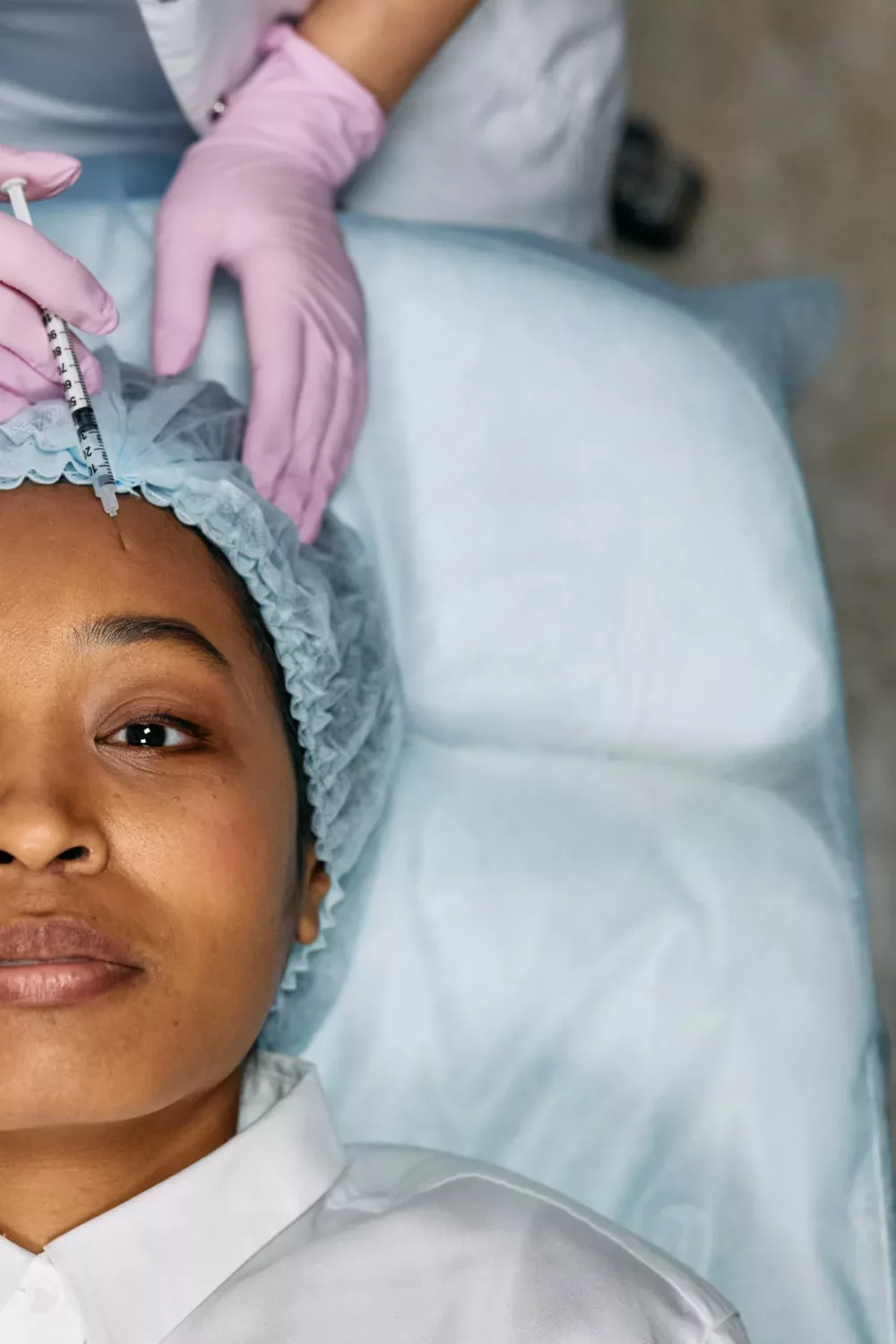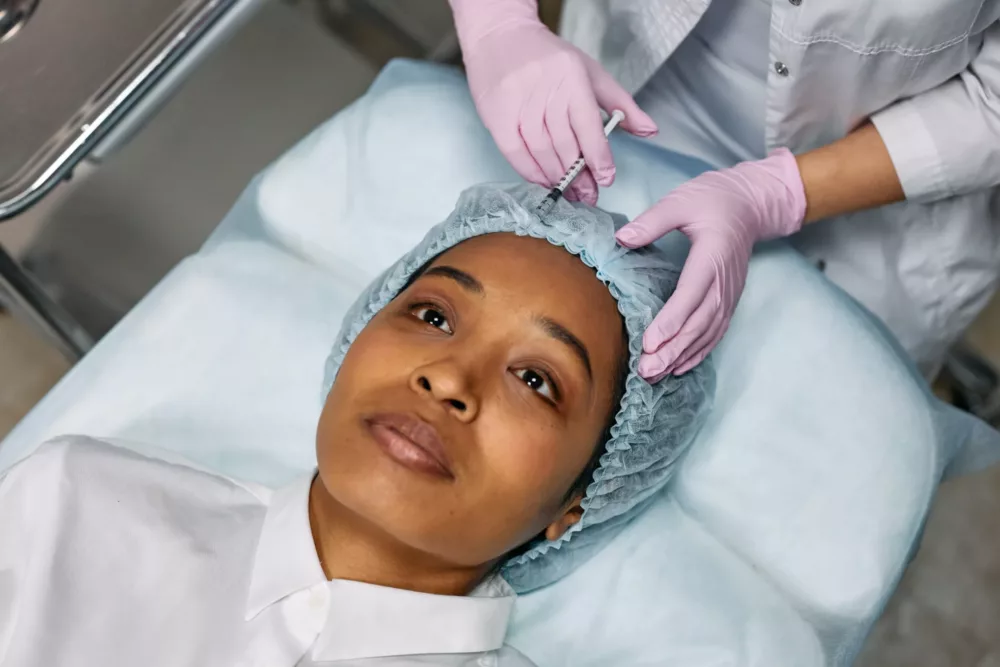Botox®, a well-known brand name for botulinum toxin, has made a significant mark in both the medical and cosmetic industries. Starting from its initial medical use in the late 1970s for treating crossed eyes and uncontrollable blinking, Botox’s utility has seen a tremendous increase.

The Rising Demand for Botox® Training: Exploring the Trend and Opportunities
Today, it serves numerous purposes, such as easing migraines, controlling excessive sweating, and, perhaps most popularly, reducing wrinkles and fine lines for cosmetic purposes. The FDA has approved more than a dozen uses for Botox and continues to evaluate new ones.
This growth in applications and surge in popularity has resulted in an increasing demand for Botox training, reflected in the over 1,000 Botox training courses offered worldwide.
In fact, more than a million people globally have undergone this training. Generally, these classes last between one and three days and cost between $1,000 and $5,000, depending on course type and training facility.

Why is Demand for Training Rising?
A key reason for the surge is that society's acceptance of cosmetic procedures has broadened. Botox treatments, once viewed as an exclusive luxury, are now considered standard in many people's beauty regimens.
Another reason is that the aging global population is constantly seeking ways to maintain their youthful appearances, fueling demand. Botox provides a non-surgical solution that is less risky than traditional plastic surgery, making it a go-to option for many.
Interestingly, the appeal of Botox isn't just restricted to consumers. It has also caught the attention of medical professionals, who see the potential profitability in offering Botox treatments. In the United States, trained professionals such as cosmetic surgeons, dermatologists, and specialist nurse practitioners administer over 90% of Botox injections, underscoring the professional interest in this field.
The growing demand for Botox treatments naturally creates a cascade of opportunities. Becoming a certified Botox specialist opens doors to a thriving industry. With certification, specialists can start or expand their private practices, serving clients directly and establishing a personal brand. Or they could choose to work in medical spas and clinics, working in a team and serving a steady clientele.

What Training Provides
A comprehensive Botox training course establishes a strong practice foundation for professionals interested in adding Botox to their repertoire of cosmetic services. It should provide everything trainees need to know to develop Botox treatment plans and execute them safely.
The best Botox courses follow a hybrid learning model that pairs didactic (classroom) instruction with hands-on training. For example, this accredited Botox training course for professionals in Charlotte, NC, includes several hours of classroom instruction in Botox fundamentals, then reinforces those concepts with demonstration treatments supervised by experienced physicians and featuring live patients with real cosmetic complaints.
The classroom portion should cover:
- Botox pharmacology, formulations, and safe handling practices
- The history of Botox administration and indicated uses
- Basic anatomy relevant to Botox administration, such as face and neck musculature
- The conditions and complaints commonly (and not so commonly) treated with Botox
- Treatment planning and post-treatment protocols
- Proper injection techniques
During the hands-on portion, board-certified physicians should supervise trainees as they administer Botox on live patients with common cosmetic complaints, such as crow’s feet, glabellar lines, and horizontal forehead lines. Each trainee pairs with a single consenting patient to perform the procedure but may have the opportunity to observe other trainees in action. The supervising physicians may perform demonstration procedures as well.
When choosing a Botox training course, professionals should first ensure that it follows the hybrid model, combining classroom and real-world instruction. Next, they should confirm that the course is accredited by a reputable certification authority and qualifies for initial or continuing medical education credits. Further, they should review the credentials of any supervising physicians to make sure that they’re sufficiently knowledgeable and experienced in Botox administration.
A comprehensive Botox training course should take two days or about 16 combined classroom and practice hours. For trainees’ convenience, it often occurs over the weekend. Common venues include convention centers, hotel ballrooms, and other public event spaces that can accommodate larger groups of trainees.
Challenges in Botox Training
As with pretty much anything, Botox training has its challenges. It’s not a “one and done” process, but rather part of an ongoing professional journey. In fact, it takes a lot of effort to stay up-to-date with evolving regulations and guidelines. Continuing education requirements vary by state but can be extensive, placing demands on practitioners’ time.
However, a committed, responsible practitioner is willing to put the time in to keep up with whatever training is required to ensure patient safety and a good outcome.
One thing is clear. As the Botox industry expands, so does the need for trained professionals. Given the demographic trends and increasing acceptance of cosmetic procedures, this demand is expected to hold its upward trajectory for the foreseeable future. Those willing to confront the challenges and capitalize on the opportunities stand to gain a fulfilling career in this burgeoning industry.





Leave a Reply